Protect your business secrets and build workplace trust — discover everything you need to know about Employee Confidentiality Agreements, right here.
An Employee Confidentiality Agreement, or NDA as it’s often called, is like a friendly handshake deal between a company and its team to keep important stuff safe. It lays out what’s private—like customer names, special business tricks, money matters, or big plans for the future—that shouldn’t be shared outside work. For the boss, it’s a way to make sure sensitive info stays protected. For employees, it’s a clear ascended concise guide on what’s confidential and what’s not. Putting it all on paper builds trust, keeps everyone on the same page, and makes sure there’s no mix-up about what stays quiet.
Protect your business with our ready-made confidentiality agreement templates. Secure trade secrets, proprietary data, and intellectual assets with ease. Download now and safeguard your company’s future!
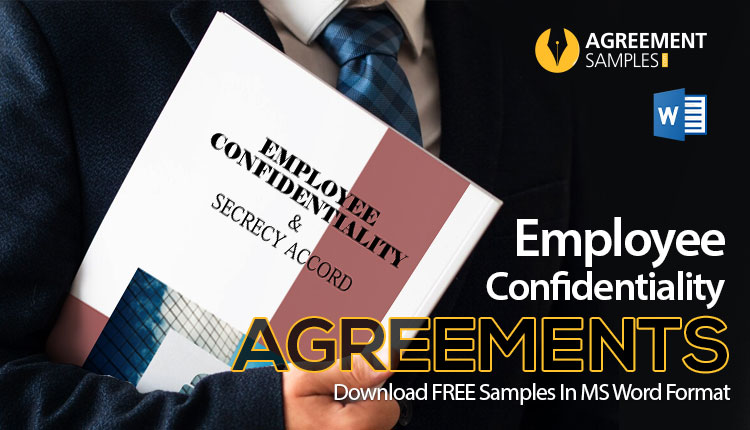
An Employee Confidentiality Agreement, or NDA as it’s commonly known, is like a mutual promise between a company and its workers to keep certain things hush-hush. It’s a written deal that protects stuff like customer info, pricing details, unique business know-how, or exciting future plans that make the company special. When someone signs it, they’re agreeing not to spill these secrets while working there—or even after they’ve left. For the company, it’s a shield for their important info. For employees, it’s a friendly guide to know what’s meant to stay private, keeping everyone on the same page.
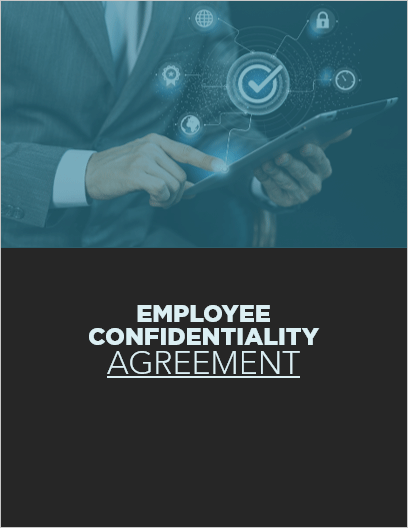
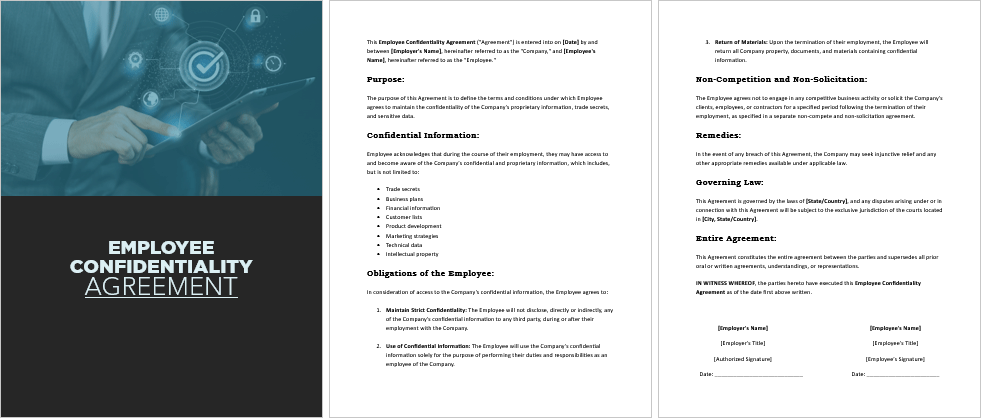
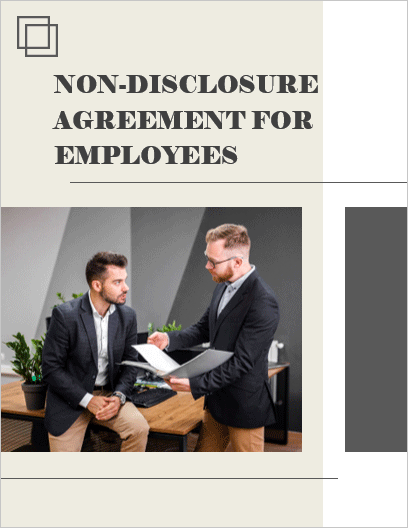
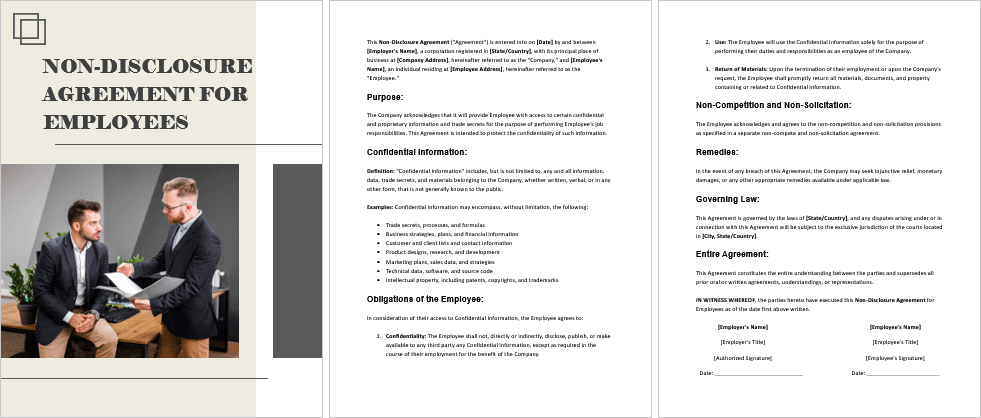
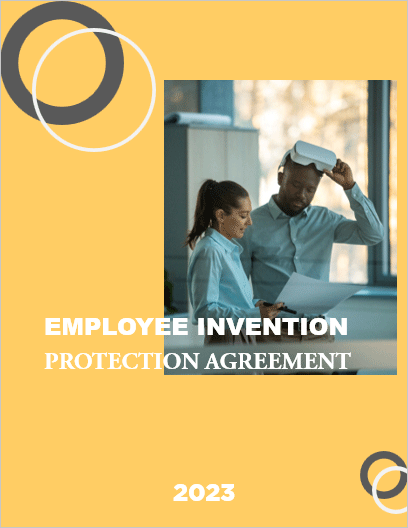
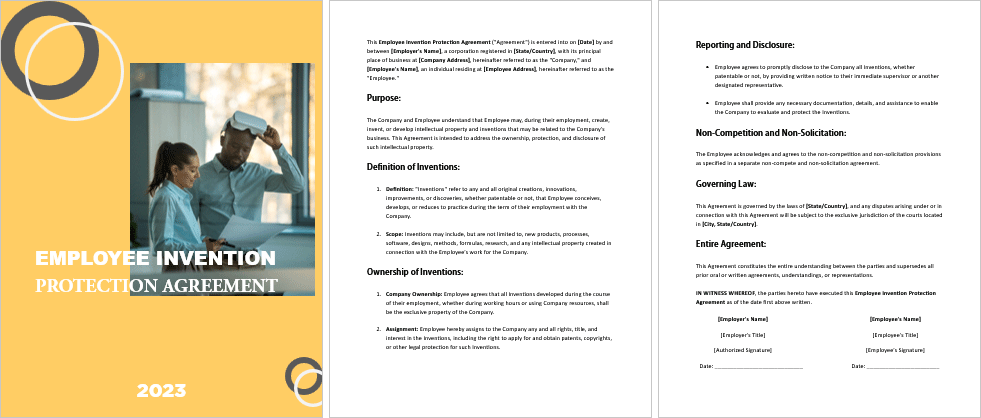
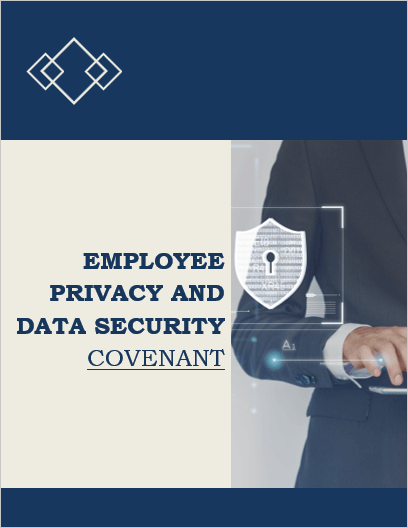
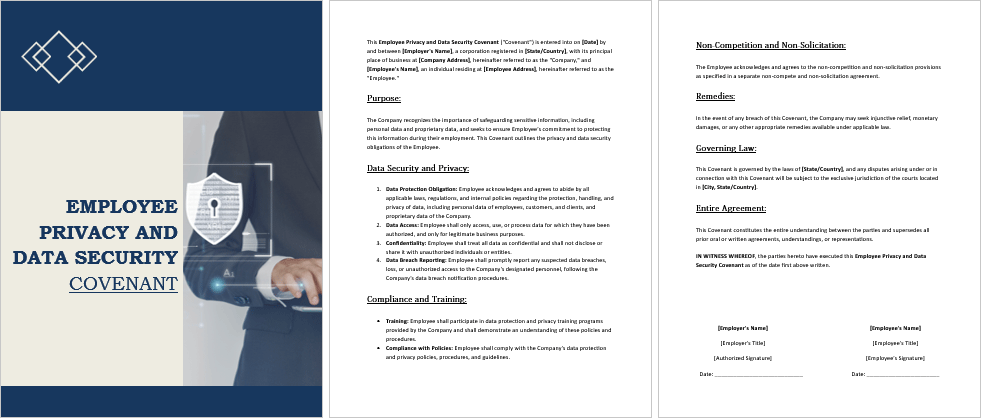
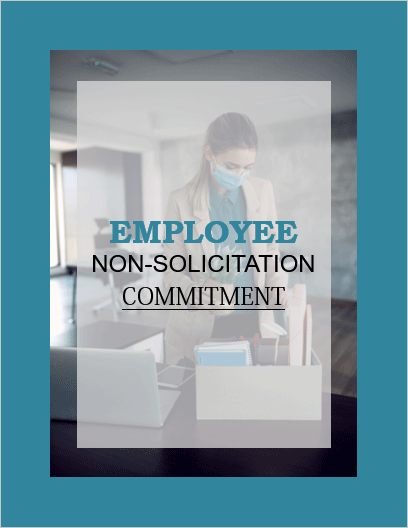
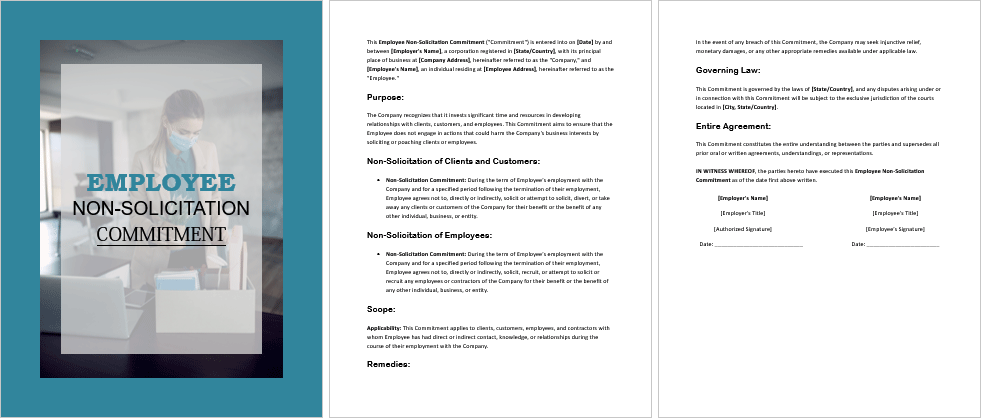
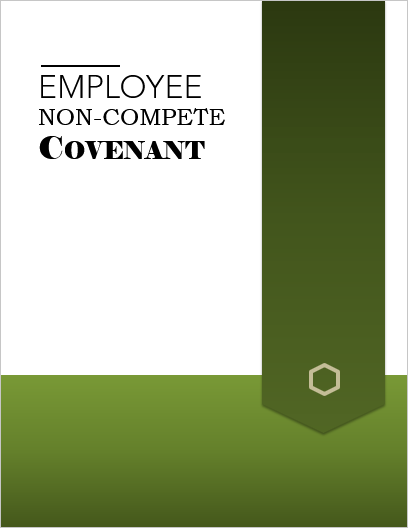
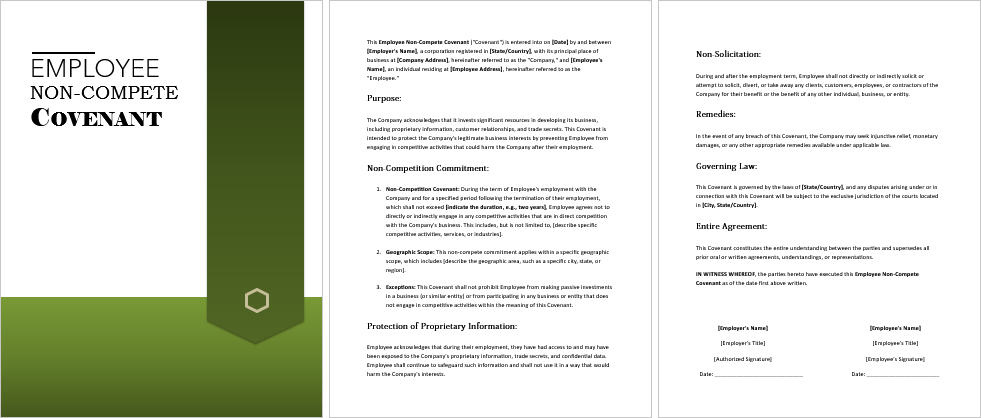


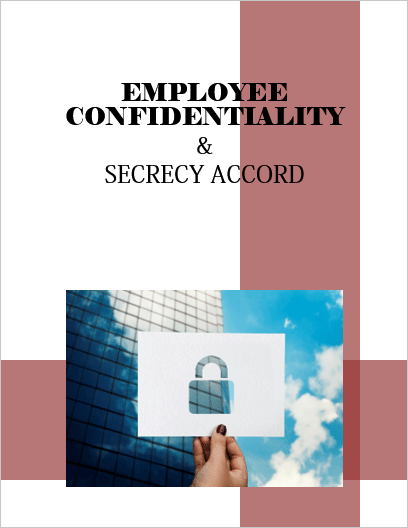

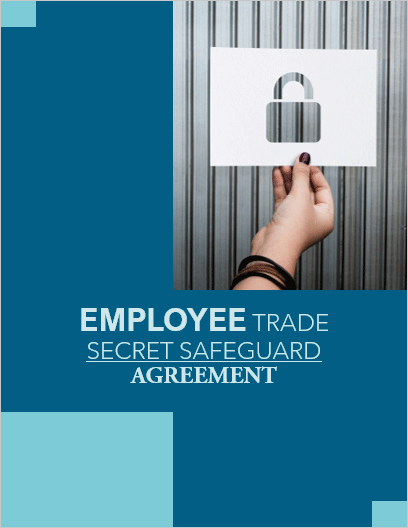
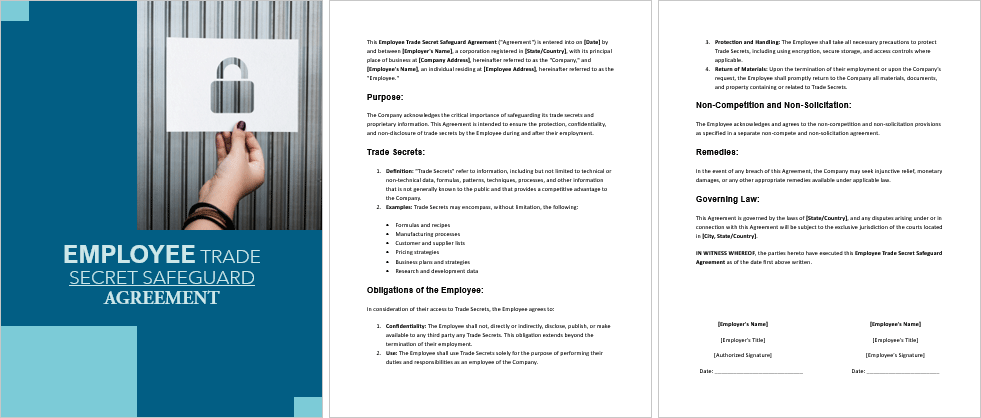
An Employee Confidentiality Contract is most useful when a company needs to share sensitive information with its staff and wants to make sure it stays protected. Employers typically use this type of agreement when:
In short, you should consider using a confidentiality agreement any time employees or partners might come across information that isn’t meant for the public.
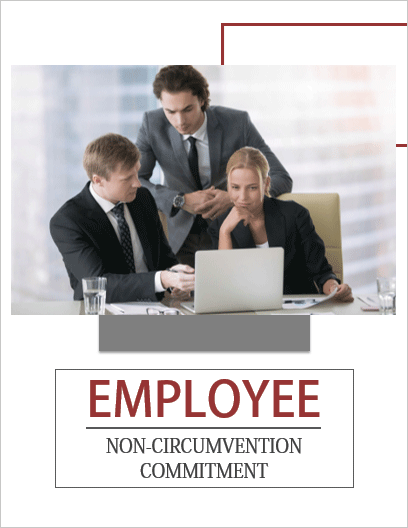
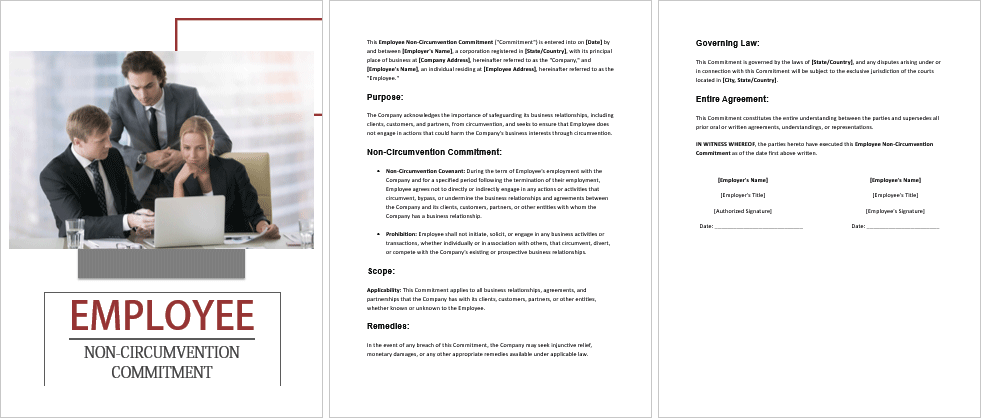
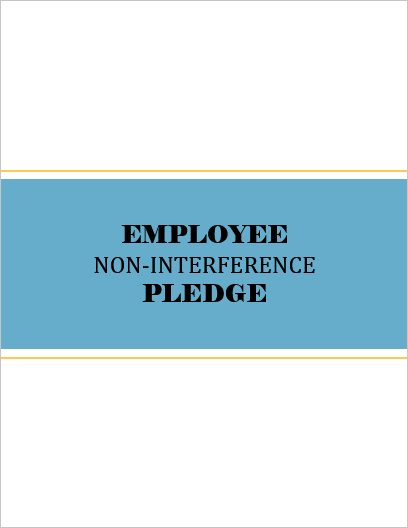
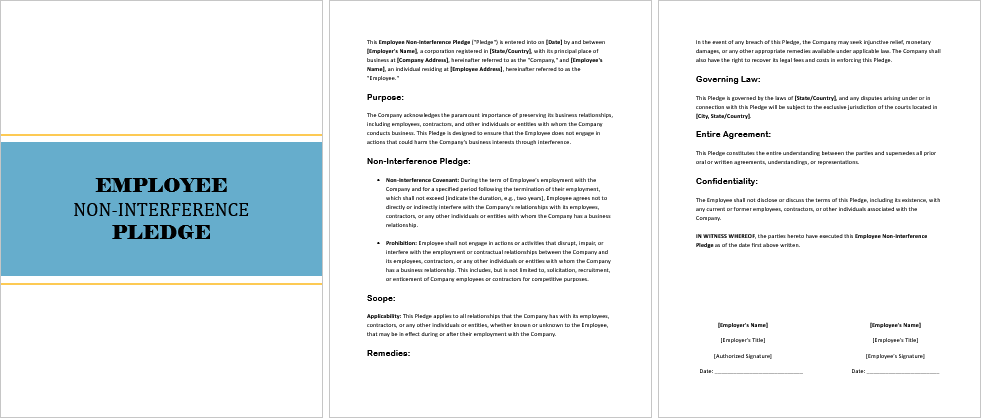
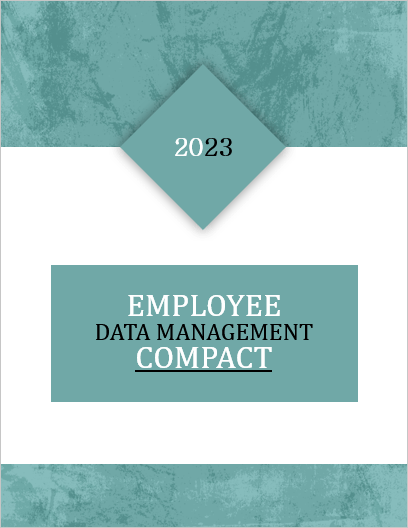


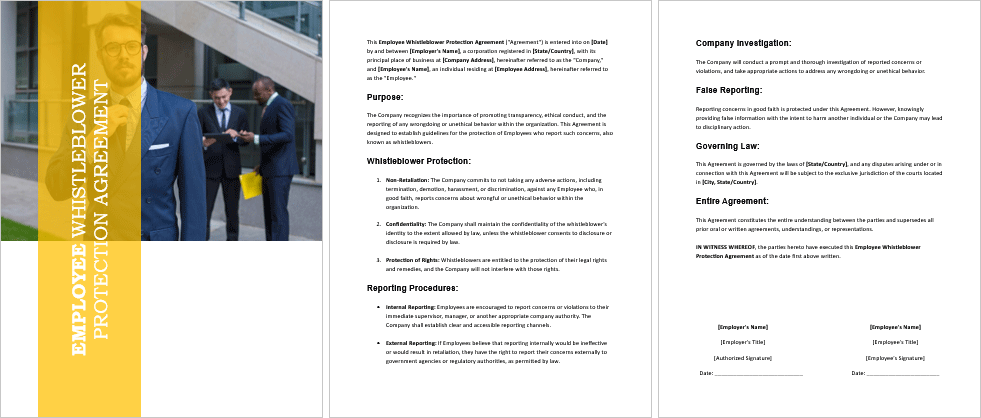
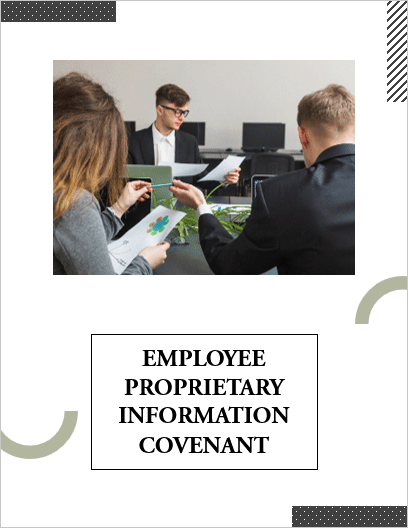

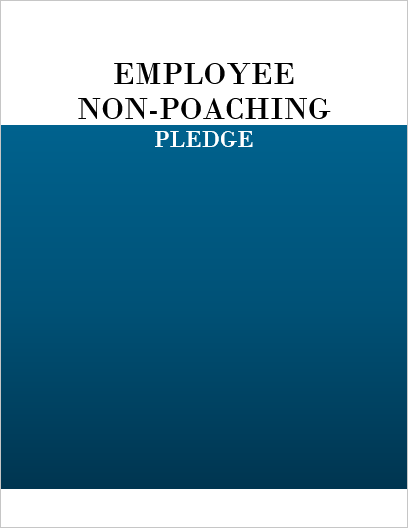
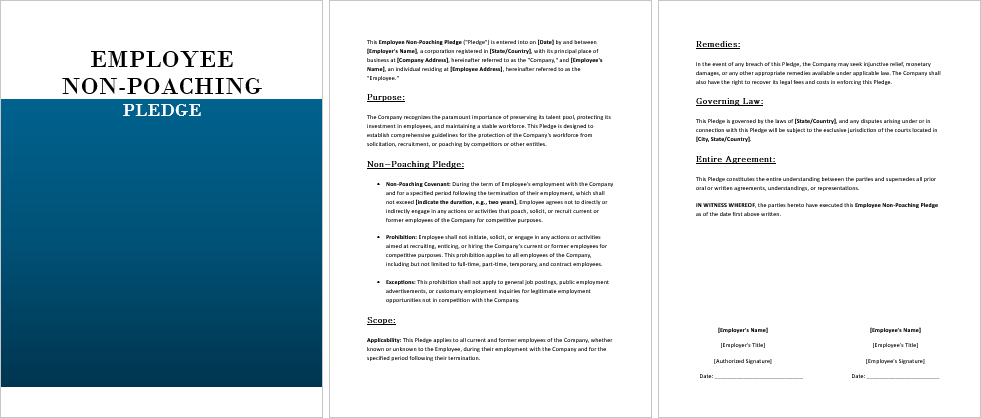
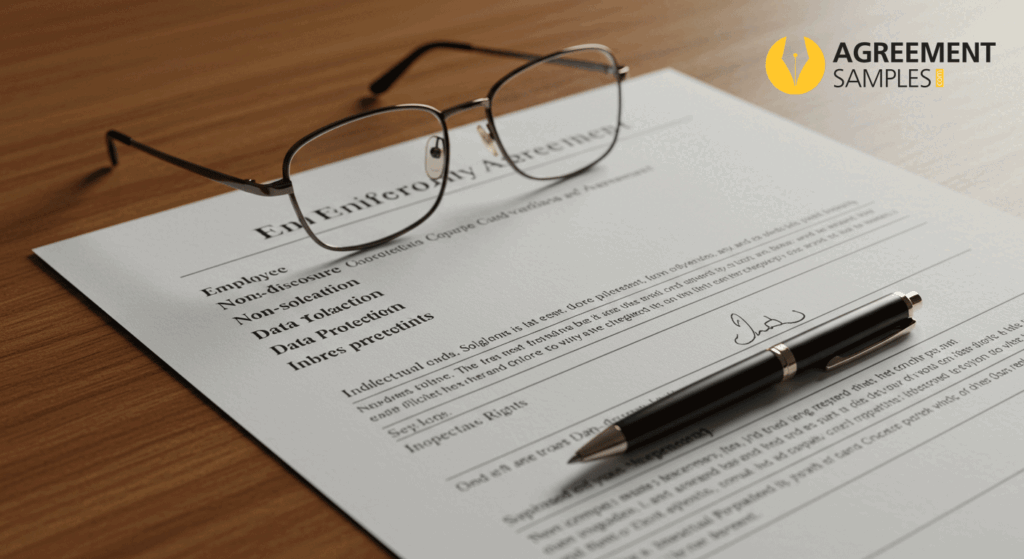
Most Employee Confidentiality Agreements include a few key clauses. Here’s what they usually cover:
These clauses work together to keep company information safe and give employees clear guidelines on their responsibilities.

The terms Non-Disclosure Agreement (NDA) and Confidentiality Agreement are often used as if they mean the same thing, and in many cases, they do. Both are legal contracts designed to protect sensitive information from being shared without permission.
The main difference is usually in how the documents are used:
In practice, the two agreements work the same way—they set clear boundaries on what information must stay private. The choice of wording often depends on industry preference or legal tradition.
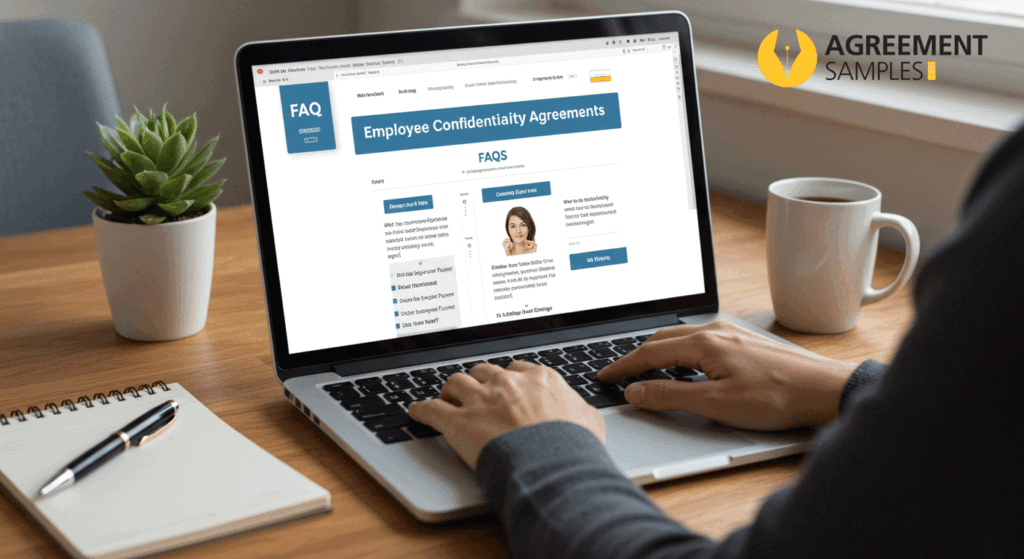
It’s a simple contract (often called an NDA) that says certain business information—like customer lists, pricing, plans, or trade secrets—must stay private and not be shared without permission.
Use it when employees, contractors, or freelancers will see sensitive info during hiring, onboarding, new product development, client work, or any project where leaks could hurt the business.
Yes—if it’s properly written and signed. Enforceability can vary by location, so consider having a lawyer review your template. (This is general info, not legal advice.)
Many agreements apply during employment and for a period after someone leaves (e.g., 1–3 years). Some trade secrets may be protected for as long as they remain secret.
They’re often used interchangeably. “NDA” is common for deals and partnerships; “Confidentiality Agreement” often refers to employment use. The purpose—keeping information private—is the same.
← Previous Article
10+ Room Rental Agreements You Can Download for Free!